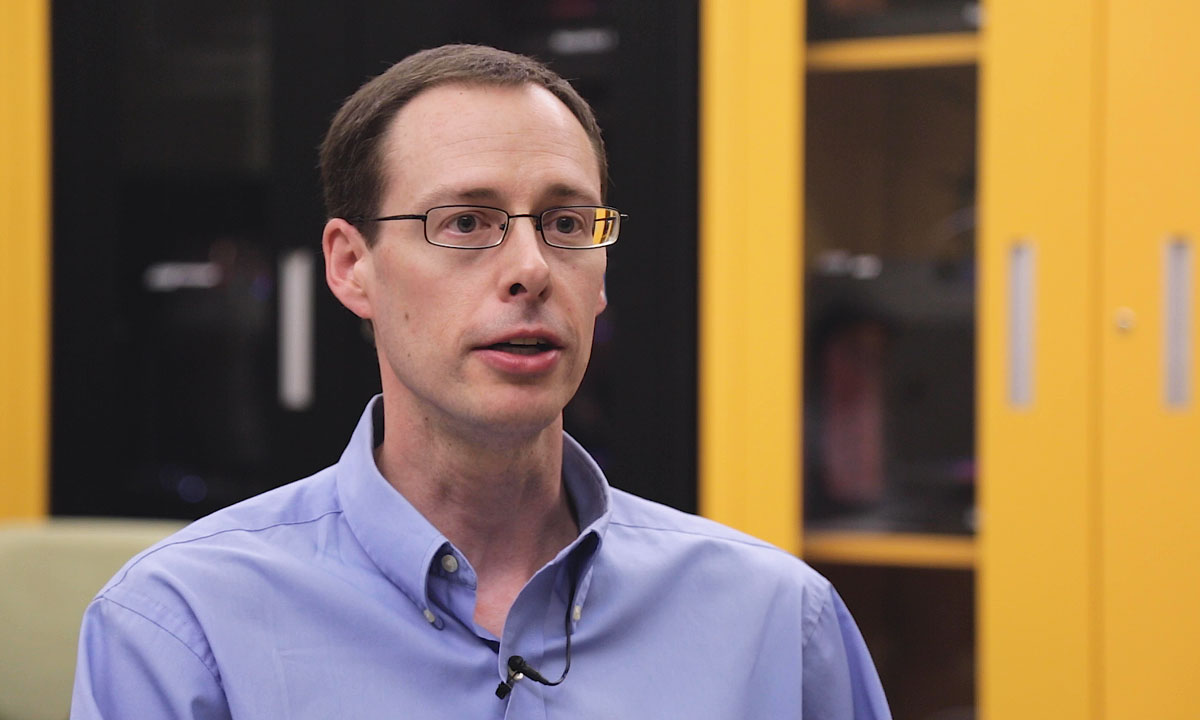Worth Longest, Ph.D., is principal investigator on a project to improve the way infants in respiratory distress receive life saving surfactant, a substance found in healthy lungs that keeps the tissue supple enough to expand and contract properly.
Longest, who is the Louis S. and Ruth S. Harris Exceptional Scholar and Professor in VCU’s Department of Mechanical and Nuclear Engineering, has received $500,000 from the Bill & Melinda Gates Foundation to conduct an in-depth analysis of Gates Foundation-supported noninvasive surfactant delivery programs.
This project is expected to expand global access to infant surfactant therapies in the developing world, where infant mortality rates from premature birth or respiratory illness are high.
“While surfactant replacement therapy has improved infant survival rates in developed countries, administration through intubation and mechanical ventilation is difficult in low resource settings. By delivering surfactant as a dry powder aerosol, access to this lifesaving therapy can be greatly expanded,” Longest said.
Michael Hindle, Ph.D., the Peter R. Byron Distinguished Professor in the VCU School of Pharmacy, is also an investigator on this project.
“In collaboration with Dr. Hindle, and other labs across VCU, we’ve been developing aerosolized surfactant products for more than five years,” Longest said. “We hope to integrate our expertise with the Gates Foundation team working in this area to achieve the high lung transmission rates required for successful therapy.”
Longest and his team will apply computational fluid dynamics to assess the performance of infant surfactant delivery technology under development by other Gates Foundation-supported grantees. These insights will provide a detailed description of factors such as the force, speed and shape of the device’s spray plume, the size of the particles it produces and the delivery efficiency of these particles to the lungs.
The researchers will also conduct realistic in-vitro tests to verify predictions of the computational model. Longest said both testing strategies are essential to understanding aerosol product performance over time and achieving significant improvement.
This research will take place over the next 18 months, culminating in suggested modifications of the existing device.
“Through work with other Gates Foundation collaborators, we hope to play a significant part in improving the lung delivery efficiency of surfactant aerosol to infants, which is required to reduce cost, improve outcomes and make aerosol surfactant delivery a viable alternative to treat infants experiencing respiratory distress syndrome,” Longest said.
